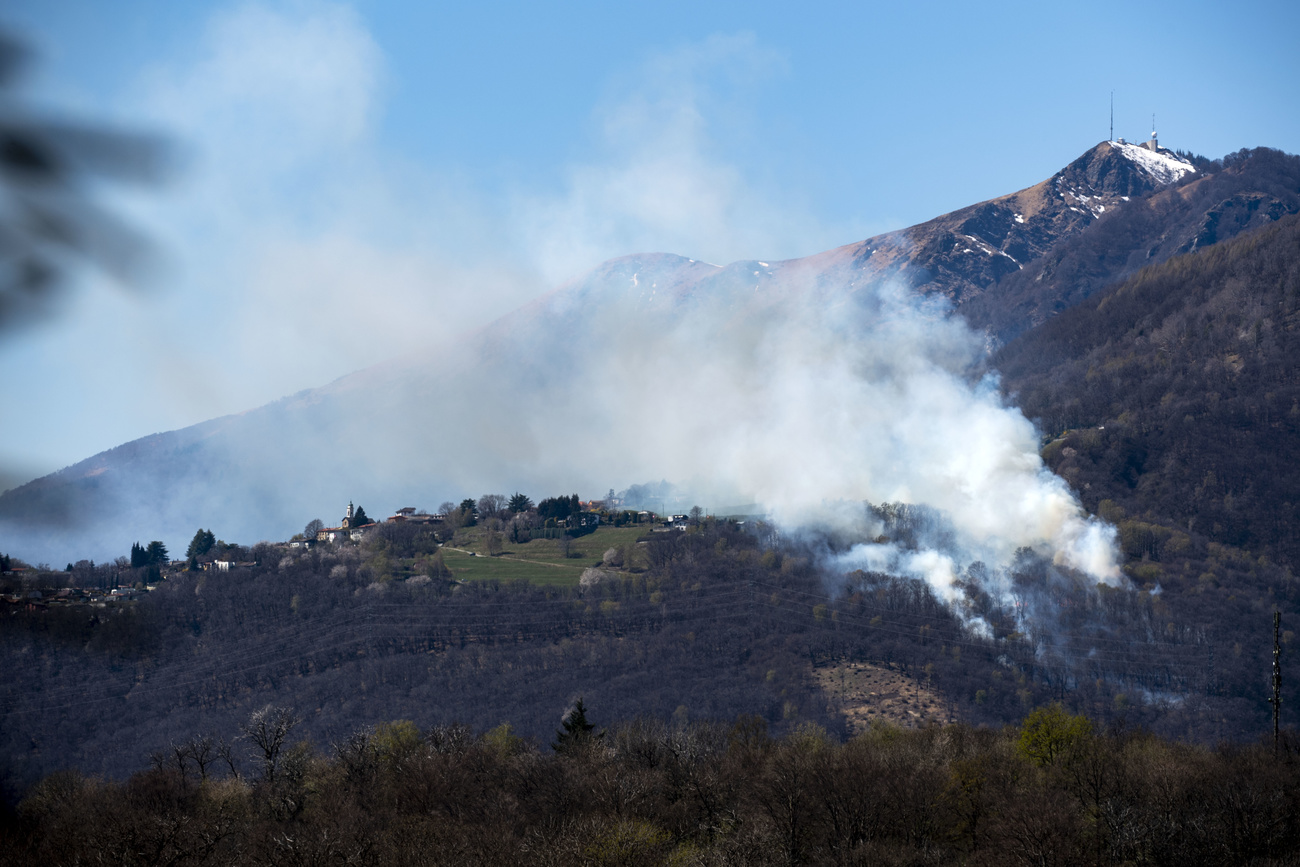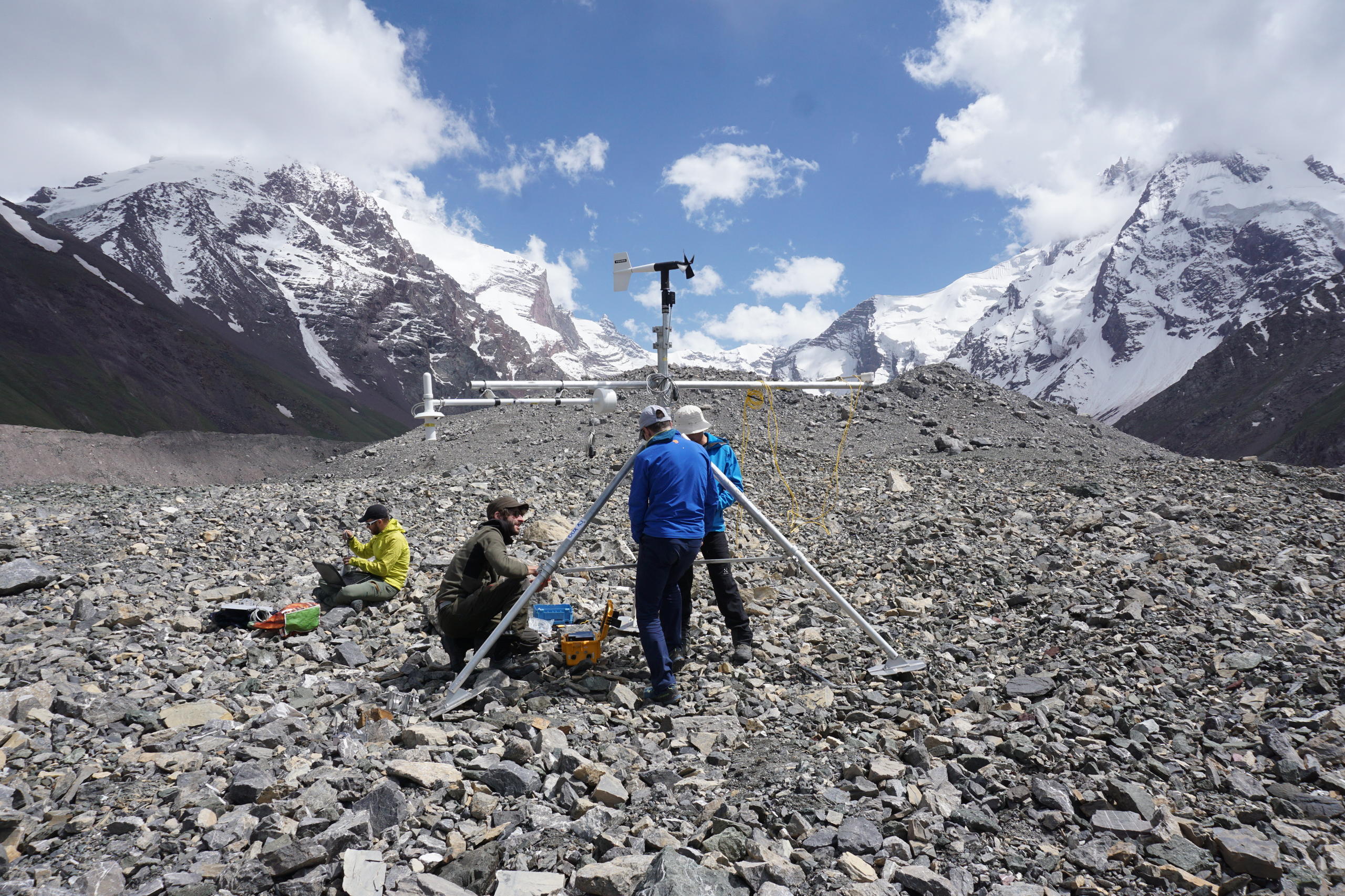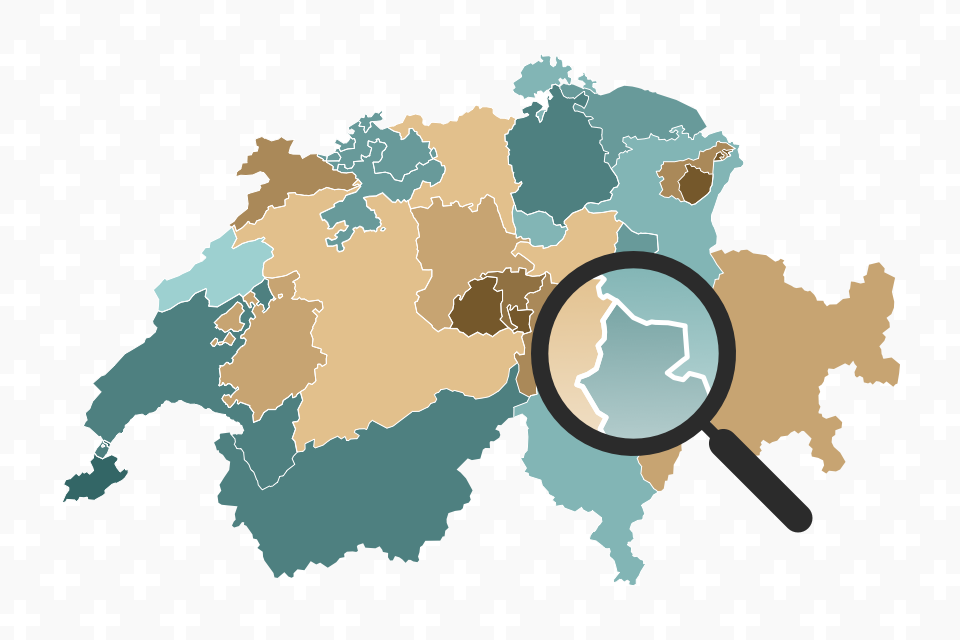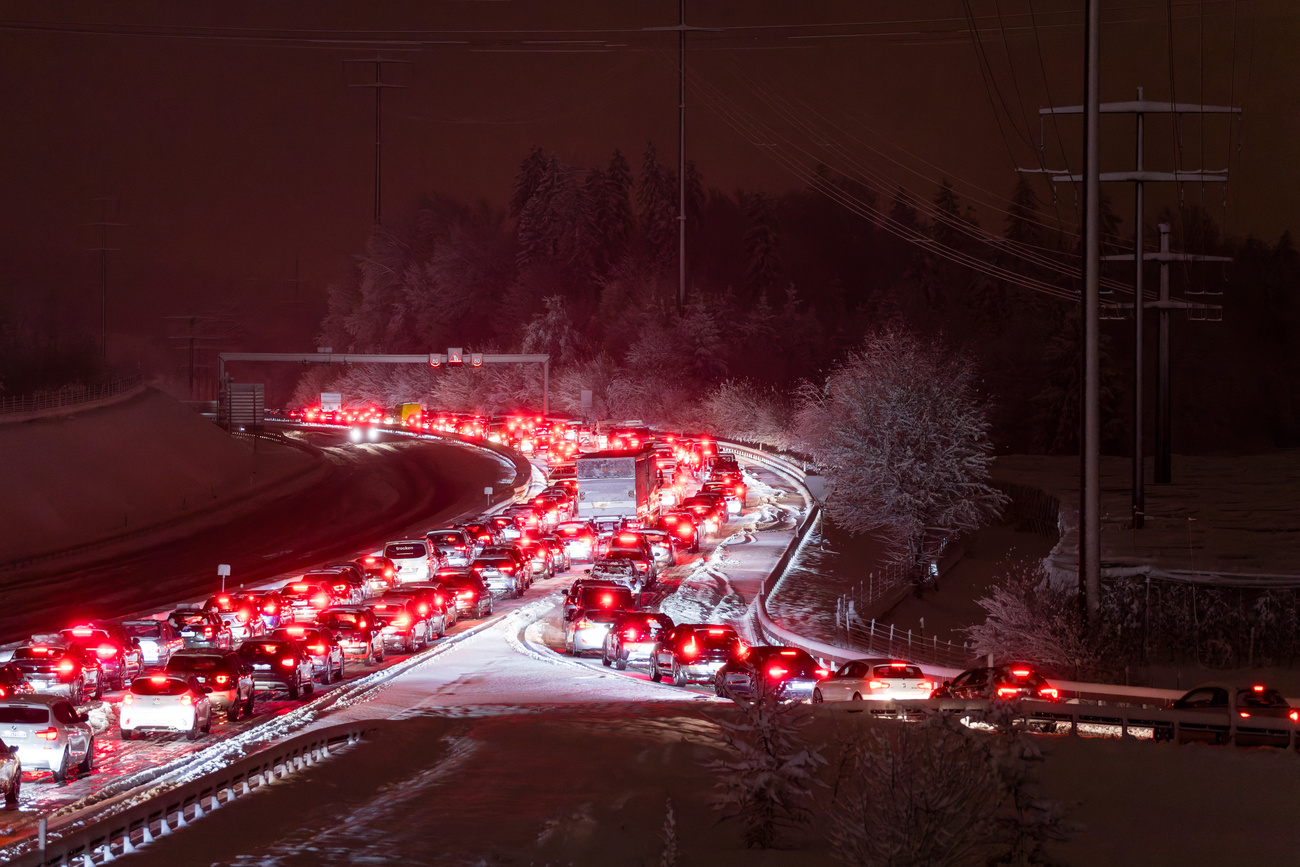
Switzerland Today
Greetings from Bern!
Since 1950 the number of hours per year worked by the average Swiss employee has dwindled from 2,500 to 1,500 – more time to spend barbecuing and setting off fireworks, but not in the middle of a heatwave! Read about these stories – and others – below.

In the news: A heatwave and lack of rain have created a high risk of forest fires across Switzerland. Many cantons have therefore imposed bans on fires, barbecues and fireworks ahead of Swiss National Day on August 1.
- The “danger map” of the Federal Office for the Environment is strikingly red, with the highest level found in eight municipalities in canton Valais. The second-highest level applies to most of the rest of the country. Do you know what to doExternal link if you see a forest fire?
- In a significant step for the deployment of 5G in Switzerland a government study has found that the technology does not have negative health consequences. The radiation from the phones will remain moderate, it says. Opponents remain unconvinced.
- Swiss exports of medicines to Russia have risen sharply since the start of the war in Ukraine. The analysis, based on government foreign trade data, shows Swiss pharma generated record revenue of over CHF330 million ($342 million) in June alone from sales to Russia.

“A Greek works more per year than a Swiss” was the (somewhat offensive for Greeks) headline in 20MinutenExternal link. People in Switzerland with jobs are, however, working less and less. Why?
Compared with other countries, when it comes to work performance the Swiss are in the middle of the table. Whereas an employed person in Switzerland still worked 2,500 hours per year in 1950, today it is 1,500, according to a studyExternal link by the KOF Swiss Economic Institute on the decline in working hours.
The main reasons:
Holidays and public holidays: In the 1950s a working person was entitled to an average of one-and-a-half weeks of holiday per year. This has increased to five weeks. What’s more, back then there were five public holidays; today there are 9.5.
Weekly working hours: Today we work about ten hours less per week on a full-time basis than in the middle of the 20th century. In the 1950s the average working week was 48.4 hours. In some sectors it was considerably more: in the construction and catering industries people worked 55-60 hours. Today, the average weekly working time per full-time job is 42 hours.
Part-time work: Switzerland is the European leader in part-time work: 39.4% work part-time (50%-100%). This is significantly higher than in almost all other countries (in the Netherlands it’s 43.4%).

Some glaciers in Central Asia appear to be unaffected by global warming. Instead of shrinking, their surface area has remained stable or even increased. A Swiss project is investigating why.
The retreat of glaciers is among the most visible effects of rising temperatures. Since 1850, Alpine glaciers have lost about 60% of their volume, profoundly transforming the mountain landscape. Melting is accelerating, and the world’s glaciers are already losing an average of up to 298 billion tonnes of ice per year.
But there are exceptions. In the Pamir massif in Tajikistan and adjacent mountain ranges in Pakistan, India and China, some glaciers are stable or even growing. In this article SWI swissinfo.ch journalist Luigi Jorio looks at the unique “Pamir-Karakorum anomaly”.
More

In compliance with the JTI standards
More: SWI swissinfo.ch certified by the Journalism Trust Initiative









